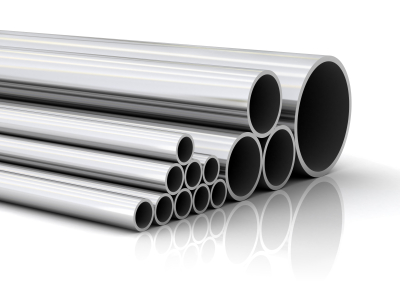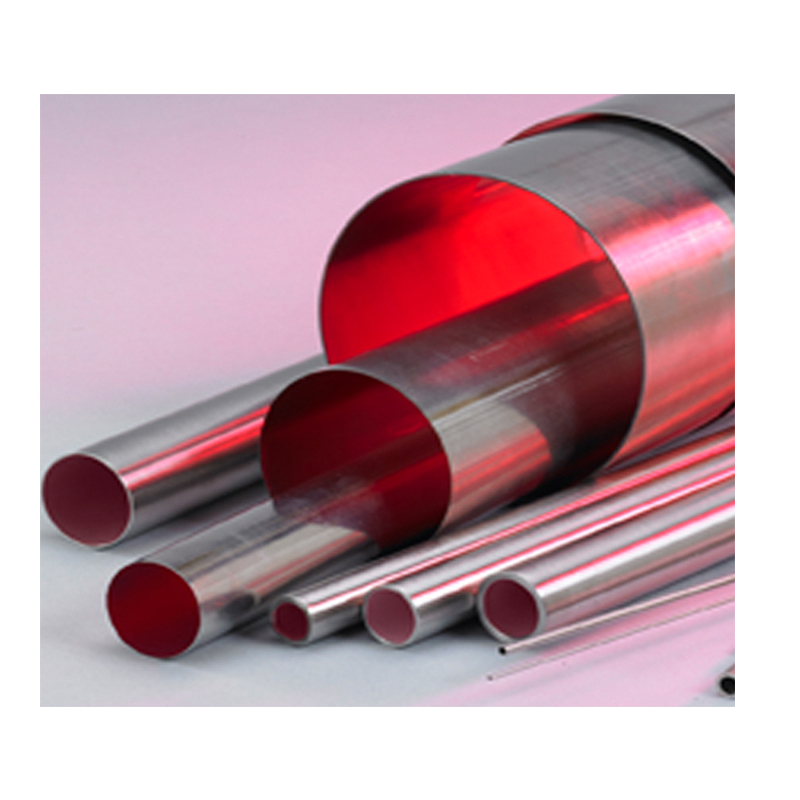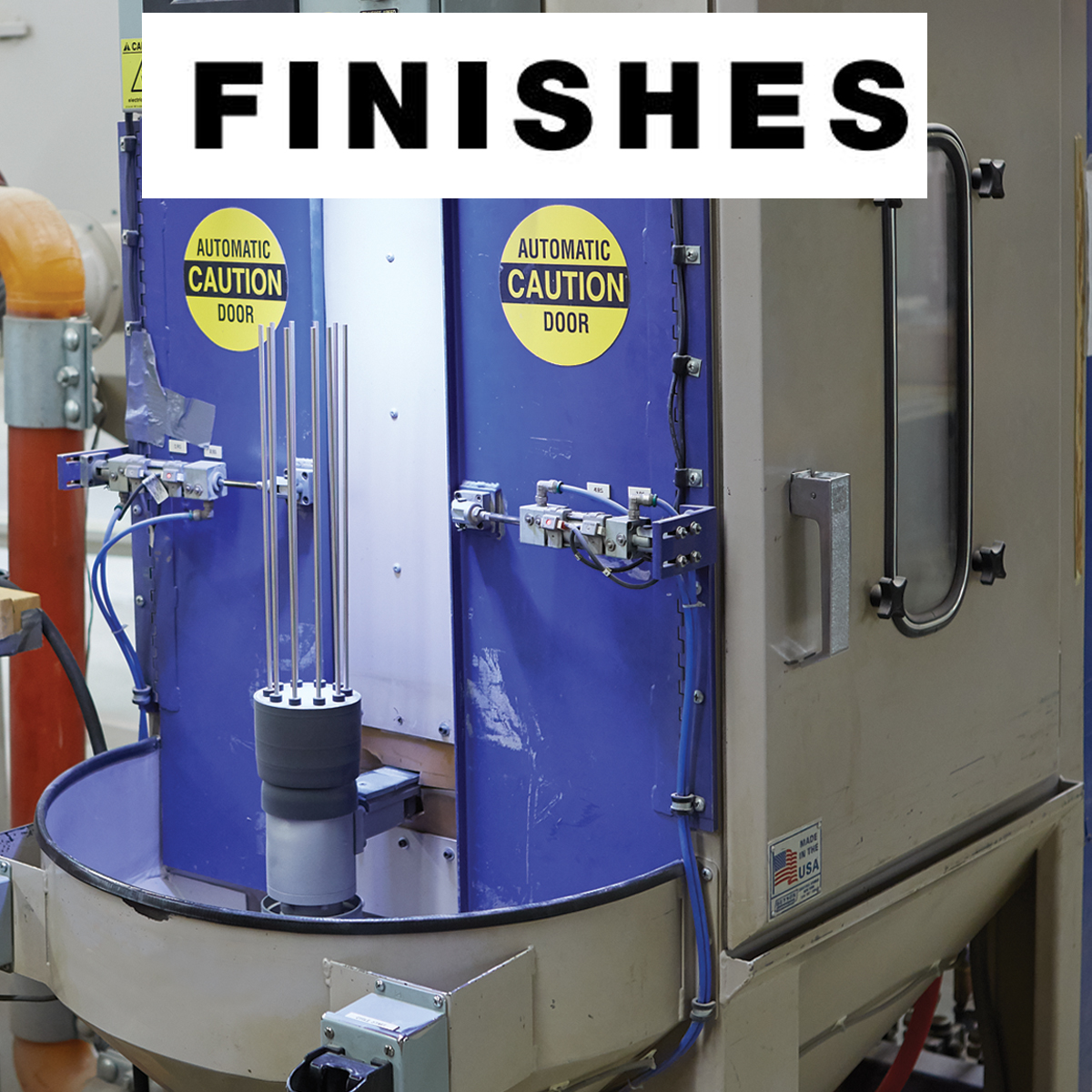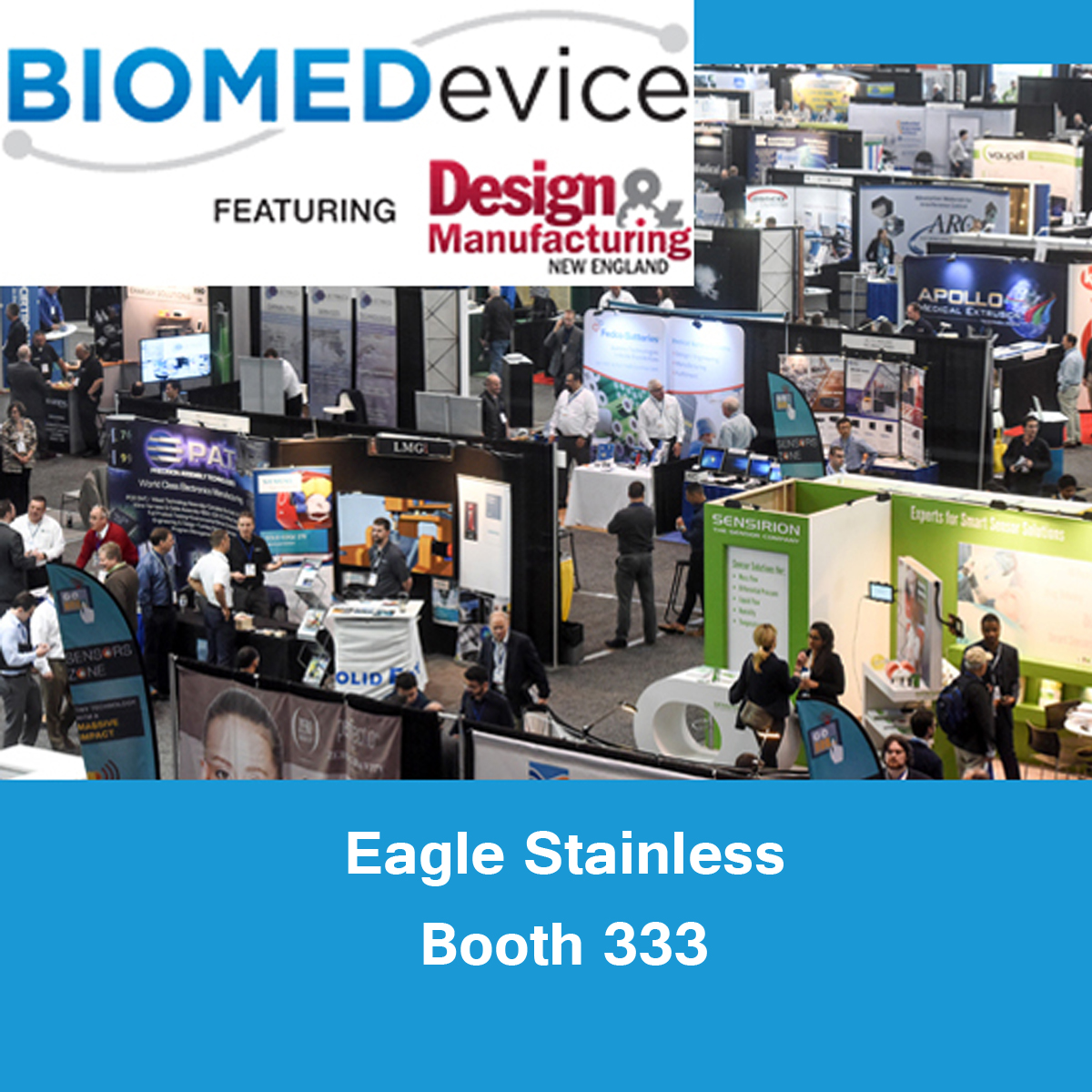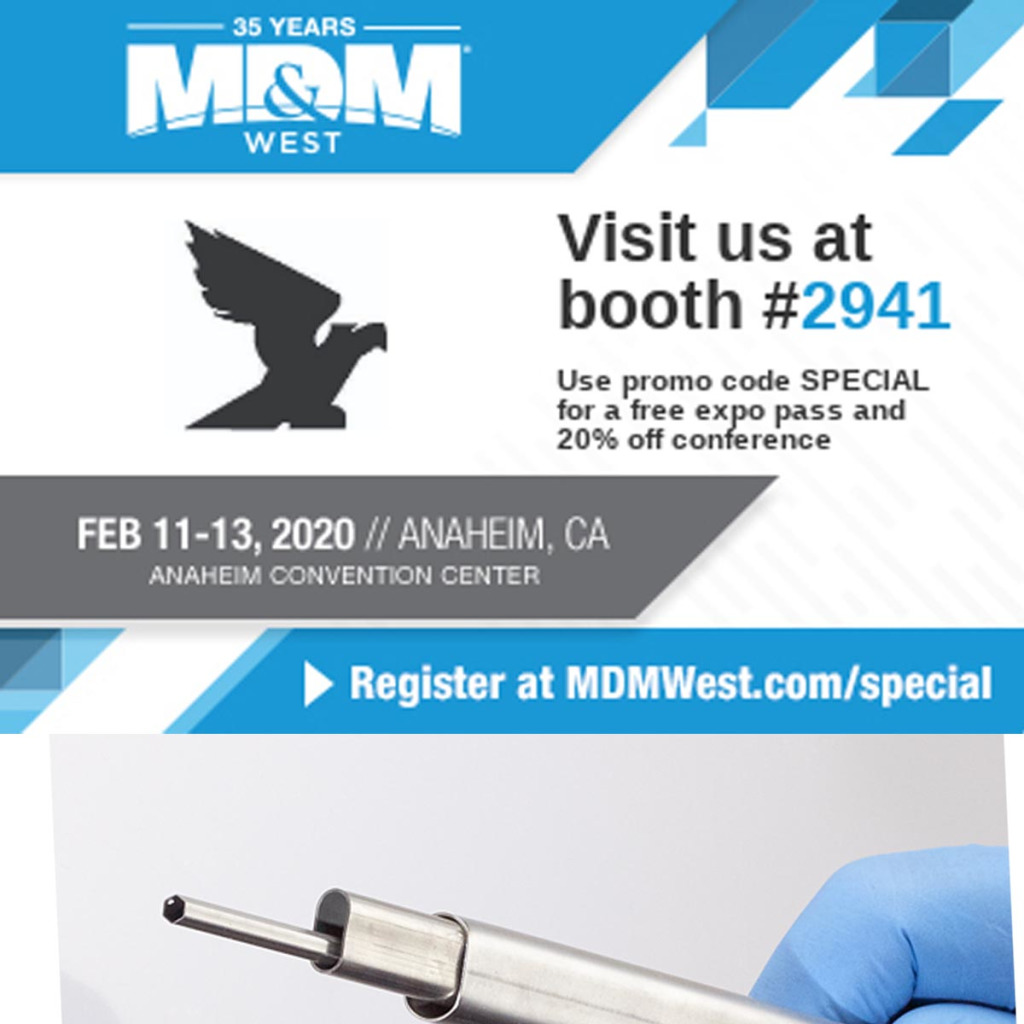The many unique benefits of stainless steel make it a powerful candidate in materials selection. Engineers, specifiers and designers often underestimate or overlook these values because of what is viewed as the higher initial cost of stainless steel. However, over the total life of a project, stainless is often the best value option.
The Many Benefits of Stainless Steel
Corrosion resistance – Lower alloyed grades resist corrosion in atmospheric and pure water environments; high-alloyed grades can resist corrosion in most acids, alkaline solutions, and chlorine bearing environments making their properties useful in process plants.
Fire and Heat Resistance – Special high chromium and nickel-alloyed grades resist scaling and retain high strength at high temperatures.
Hygiene – The easy cleaning ability of stainless makes it the first choice for strict hygiene conditions, such as hospitals, kitchens and food processing plants
Aesthetic Appearance – The bright easily maintained surface of stainless steel provides a modern and attractive appearance.
Strength-to-weight advantage – The work hardening property of austenitic grades, that results in a significant strengthening of the material from cold working alone, and the high strength duplex grades, allow reduced material thickness over conventional grades yielding considerable cost savings.
Ease of fabrication – Modern steel-making techniques mean that stainless can be cut welded, formed, machined, and fabricated as readily as traditional steels.
Long-term value – When the total life cycle costs are considered, stainless is often the least expensive material option.
Eagle's customers should expect a total commitment to quality, product consistency and comprehensive technical services. Our commitment to quality is proven with our quality certifications – ISO 9001, ISO 13485 and AS 9100


